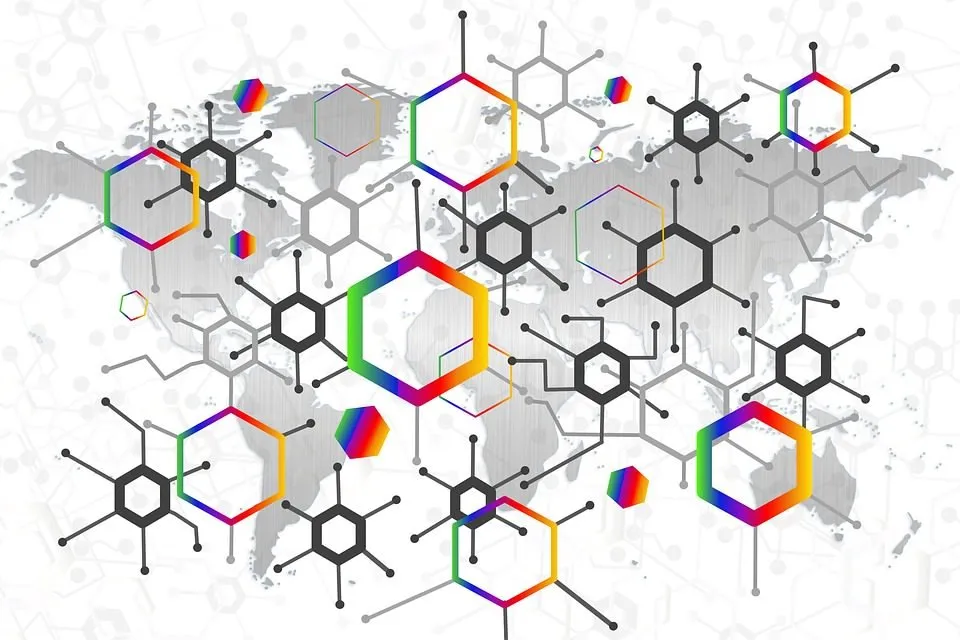In order to understand the crowdsourcing as a term, we need to travel back in time. The creator of it was Jeff Howe, who noticed a really interesting thing during his visit to one of the New York underground music festivals. He was having a conversation with the amateur photographer, a student who earned a lot of money by participating and submitting his photographs to stock. This pointed Howe to research how technology advancement and availability of gadgets empower people to perform the work which could not be described as their primary profession.

Image source: Pixabay (CC0 licence)
In his article published in 2006, Howe said:
Technological advances in everything from product design software to digital video cameras are breaking down the cost barriers that once separated amateurs from professionals. Hobbyists, part-timers, and dabblers suddenly have a market for their efforts, as smart companies in industries as disparate as pharmaceuticals and television discover ways to tap the latent talent of the crowd. The labor isn't always free, but it costs a lot less than paying traditional employees. It's not outsourcing; it's crowdsourcing. (1)
Let's say it short - crowdsourcing can be started with any type of open internet call aimed at the undefined, usually large group - crowd. There are usually no requirements or limitations for participant - everyone is allowed to take a chance and contribute. Here is why:
No one knows you don’t hold a degree in organic chemistry or that you are not a professional photographer. Gone are pedigree, race, gender, age and qualification with the only criteria remaining to be the quality of work itself. Crowdsourcing can be effective not only for sourcing new writing, photography, music and film but for solving real-world scientific problems. (2)
Sounds simple, right?
This is just beginning of Howe's advancements in this field. In my personal opinion, he did a great job in defining crowdsourcing types. He recognizes four types:
Crowd Creation - It can be anything, from short story contest, commercial synopsis, logo design, etc.
Crowd wisdom - The Crowd will outperform employees, because many of us are free to think out of the box when we are not limited by our real-time work, obligations, lack of anonymity, etc.
Crowd voting - Well we have it here, on Steem blockchain and we know how it can shape the whole ecosystem. It is interesting to know that Google base its search results on crowd voted preferences.
Crowdfunding - Ability to do fundraising if the right crowd recognize your concept or idea. On blockchain, it has even more potential because there is no middleman. (2)

Image source: Pixabay (CC0 licence)
Now, this was my answer on the first part of the question. When we speak about its importance, the truth is in the eye of the observer. It can be a simple contest mechanism or a tool for scientific discoveries. For example, Daren C. Brabham was the first scientist who used the crowdsourcing as a term in his article. Later he found its applications in different sciences, such as urban planning and urban design, but his first text is worth to mention because Brabham put a clear distinction between Crowdsourcing and Open Source philosophy.
Not all problems are as well suited for the open source model as software development. In simple economics, the software can be produced with basically no overhead costs. The Linux or Mozilla programs exist virtually, in ones and zeroes, occupy no shelf space in a brick-and-mortar storefront, use no raw materials, emit no waste products, and the distribution is free – as easy as a download from a website. Not all products are composed of digital code; the overwhelming number of designed products in our built world is made from actual materials, require machines to produce, have real-world costs associated with distribution, and so on. What happens when the product that needs to be improved – or invented in the first place – actually has these kinds of material production costs? Will the hobbyist’s interest in the problem, and his or her subsequent donation of free labor account for the costs of producing the improved end product? A company investing in the capital to produce such a product would need to ensure at least enough sales to cover the investment. Thus, if the product will eventually be sold for a profit, would a human, with a natural degree of self-interest, reasonably want to donate his or her talent and energy to the project without a cut of the profits? These questions cast some doubt on the open source model as a supreme model for product development. Crowdsourcing, however, overcomes these limitations in the open source model by providing a clear format for compensating contributors, a hybrid model that blends the transparent and democratizing elements of open source into a feasible model for doing profitable business, all facilitated through the web. (3)
I recommend everyone to read his article, which is available on the internet (You can find it in the reference section). So crowdsourcing is unlocking the crowd potential similar to open source, but it doesn't exclude direct rewards for their contributions so it becomes the model available to stakeholders who are interested in making a profit. Imagine what can it do for platforms similar to this one - we could have sponsors, or let's say benefactors who could evaluate every single entry. There are almost unlimited possibilities for this. So maybe the most important task is to empower the crowd to use it and unlock its full potential.
Refferences:
- Howe, J. (2006). The rise of crowdsourcing. Wired magazine, 14(6), 1-4.
- Howe, J. (2008). Crowdsourcing: How the power of the crowd is driving the future of business. Random House.
- Brabham, D. C. (2008). Crowdsourcing as a model for problem solving: An introduction and cases. Convergence, 14(1), 75-90.
Image source:
- https://pixabay.com/en/hexagon-crowdsourcing-icon-star-3202629/
- https://pixabay.com/en/hexagon-group-knowledge-3392236/
StemQ Notice: This post was originally submitted on StemQ.io, a Q&A application for STEM subjects powered by the Steem blockchain.